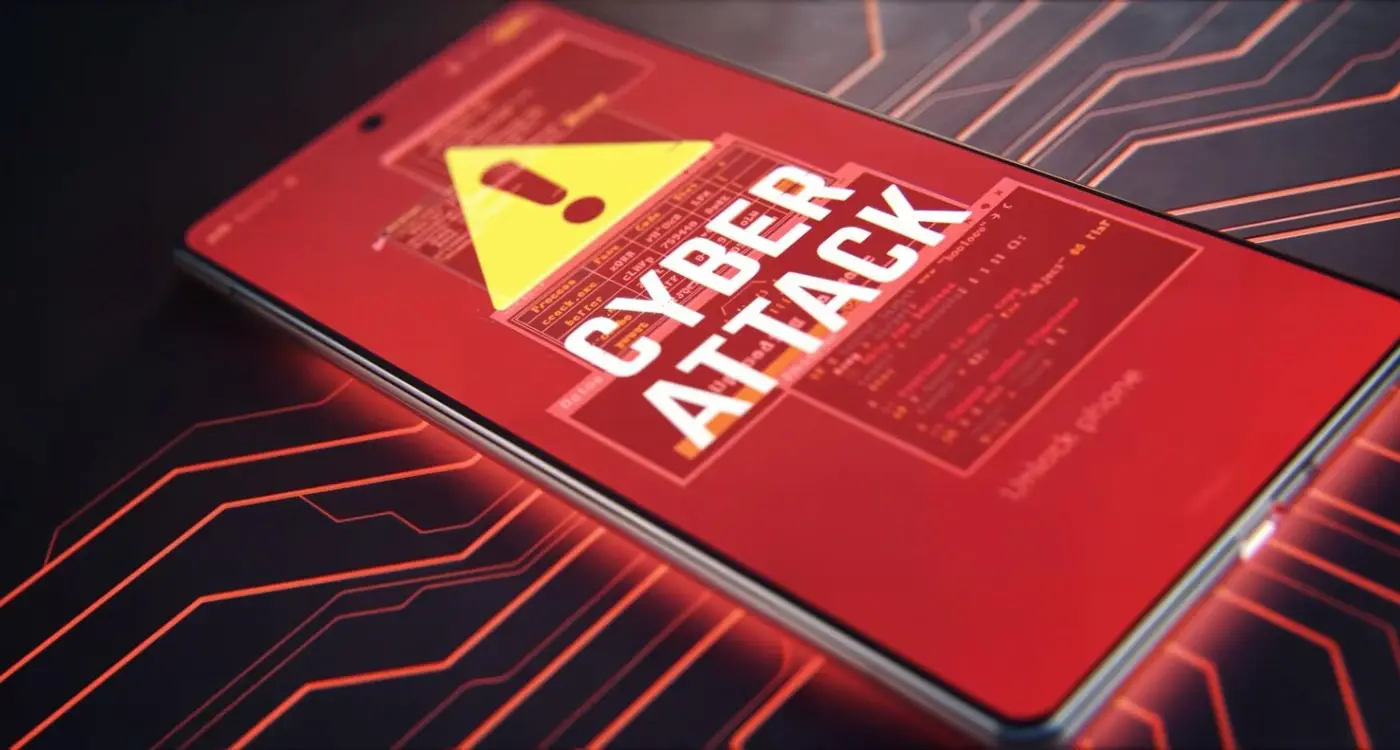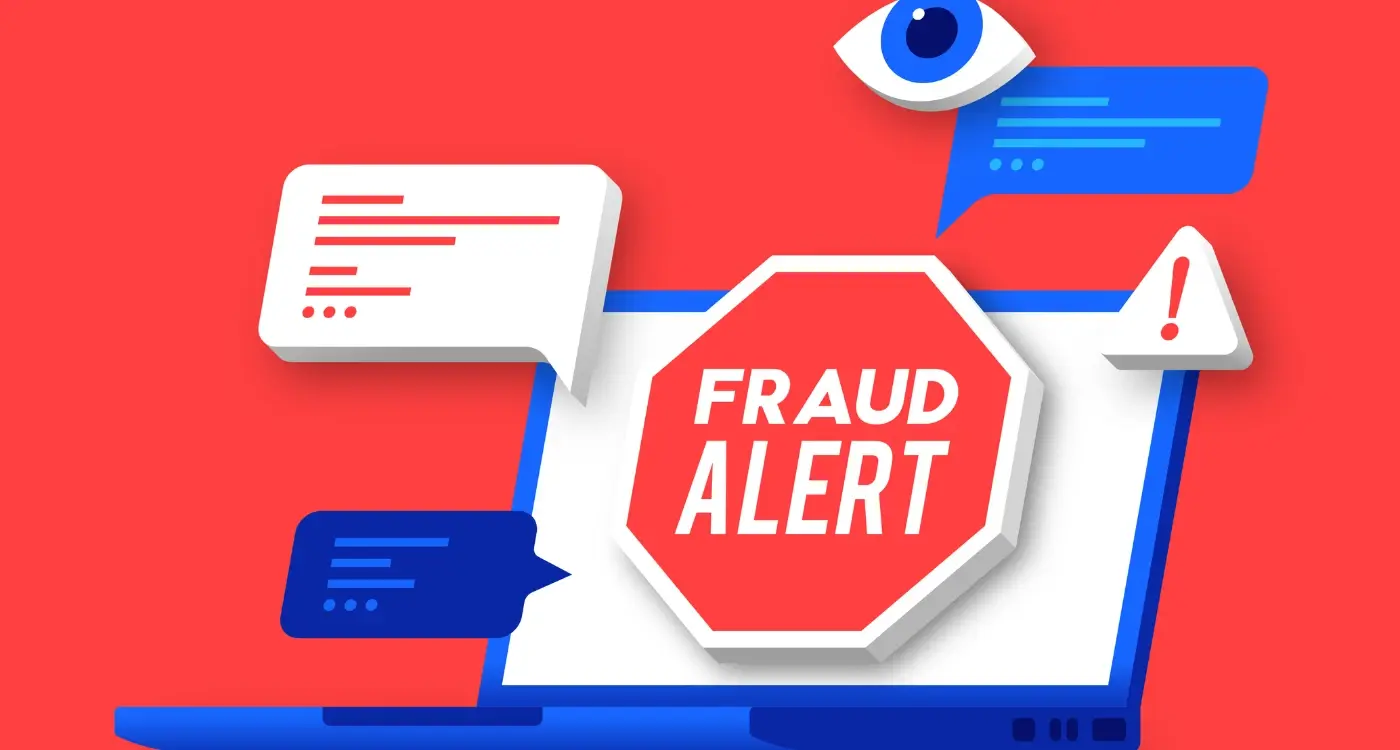How Should You Handle App Failures and Security Breaches?
Every minute, thousands of mobile apps crash around the world. Users lose their work, companies lose revenue, and trust evaporates faster than you can say "critical error". What separates successful app businesses from the ones that never recover isn't whether they experience failures—it's how they handle them when they happen.
App crisis management has become one of the most underestimated skills in mobile development. We've all seen apps that disappeared overnight after a security breach made headlines, or businesses that crumbled because they couldn't manage a simple server outage properly. The harsh reality is that mobile app security incidents and app failure recovery aren't just technical problems—they're business survival challenges.
The difference between a minor hiccup and a company-ending disaster often comes down to having a solid incident response plan ready before you need it
This guide will walk you through everything you need to know about protecting your app and your business when things go wrong. From building the right crisis response team to managing app downtime management like a pro, we'll cover the practical steps that actually work in real-world situations. Because when your app fails at 2am on a Sunday, you won't have time to figure this stuff out on the fly.
Understanding App Failures and Security Breaches
After working with mobile apps for nearly a decade, I can tell you that failures and breaches aren't a matter of if—they're a matter of when. Every app will face problems at some point, whether it's a server crash during peak usage or a security vulnerability that gets exploited. The sooner you accept this reality, the better prepared you'll be.
App failures come in many shapes and sizes. Sometimes it's something simple like a bug that causes the app to crash when users tap a particular button. Other times it's more serious—like when your entire backend goes down and nobody can log in. I've seen apps fail because they couldn't handle Black Friday traffic, and I've watched others struggle when a third-party service they depend on suddenly stops working.
Common Types of App Problems
- Server crashes that make the app unusable
- Data breaches where user information gets stolen
- Bugs that cause crashes or incorrect behaviour
- Payment system failures during transactions
- Authentication problems that lock users out
- Third-party service outages affecting app features
Security breaches are particularly scary because they can damage your reputation permanently. When user data gets compromised, people lose trust quickly—and getting that trust back takes years, not months. The good news? Most problems can be managed well if you know what you're doing and have the right plans in place.
Building Your Crisis Response Team
When I first started working in mobile app development, I thought crisis management was just about having a good developer on standby. How wrong I was! After witnessing several major app failures and security incidents over the years, I've learnt that successful app crisis management requires a proper team—not just one person frantically trying to fix everything whilst fielding angry calls from users.
Your crisis response team needs to cover four key areas. You'll need someone technical who can actually fix the problem, a communications person who can talk to users and stakeholders, a decision-maker who can approve emergency changes, and someone who understands your app's business impact. These roles can overlap in smaller teams, but each responsibility must be covered.
Team Roles and Responsibilities
Here's what each team member should handle during mobile app security incidents or failures:
- Technical Lead: Diagnoses the problem, implements fixes, and coordinates with developers
- Communications Manager: Updates users, writes status page messages, and manages social media
- Decision Authority: Approves emergency fixes, budget for additional resources, and major decisions
- Business Analyst: Assesses impact on users, revenue, and business operations
Create a contact sheet with everyone's mobile numbers, backup contacts, and clear escalation procedures. When your app is down at 3am on a Sunday, you don't want to be hunting through emails for phone numbers.
Setting Up Your Response Structure
The biggest mistake I see companies make is assuming their regular team structure will work during a crisis. It won't. During app downtime management, you need clear authority lines and fast decision-making. Designate who's in charge, establish backup contacts for each role, and make sure everyone knows how to reach each other outside normal working hours. Your incident response plan is only as good as the people executing it.
Creating an Incident Response Plan
Right, let's get practical here. You've got your crisis team sorted—now you need a proper plan that tells everyone exactly what to do when things go sideways. And trust me, they will go sideways at some point!
Your incident response plan isn't some dusty document that sits in a drawer. It's your emergency playbook that needs to be clear, actionable, and accessible to your entire team. Start with the basics: who does what, when they do it, and how they communicate with each other.
The Three-Step Response Structure
Keep it simple with three main phases. First, immediate response—this covers the first 30 minutes when you're trying to understand what's happening and stop the bleeding. Second, investigation and containment—where you dig deeper and implement fixes. Third, recovery and communication—getting back to normal and keeping users informed.
Making It Actually Work
Each phase needs clear triggers, responsibilities, and escalation paths. Your developer shouldn't be wondering whether to wake up the CEO at 3am—your plan should tell them exactly when that call needs to happen. Include contact details, access credentials, and step-by-step procedures that anyone on your team can follow under pressure.
Test this plan regularly. Run through scenarios with your team so when a real incident hits, muscle memory kicks in rather than panic.
Managing App Downtime and User Communication
When your app goes down, your users will notice straight away—and they won't be happy about it. I've seen companies lose thousands of users in the first hour of unplanned downtime simply because they didn't communicate what was happening. Your app crisis management approach needs to put user communication at the very heart of everything you do during an incident.
The moment you detect downtime, you need to start talking to your users. Don't wait until you've fixed the problem or figured out exactly what went wrong. Send a quick message through your social media channels, update your website status page, and push notifications if your app is still partially working. Tell people you know there's an issue and that you're working on it.
Keep Updates Coming
Your mobile app security incidents or technical failures might take hours to resolve, but your users shouldn't be left wondering what's happening. Set up regular updates every 30-60 minutes, even if you don't have new information to share. People just want to know you're still working on the problem.
The biggest mistake companies make during app downtime is going silent and hoping nobody will notice
Your app downtime management strategy should include pre-written message templates for different types of incidents. This saves precious time when every minute counts, and stops you from making communication mistakes when you're stressed and trying to fix technical problems at the same time.
Recovering from Security Breaches
Security breaches are like waking up to find someone's broken into your house—the damage is done, but how you respond next makes all the difference. I've helped clients through some pretty nasty breaches over the years, and whilst each situation is unique, the recovery process follows a predictable pattern that can save your app and your reputation.
The first 24 hours are absolutely critical. You need to stop the bleeding before you can start healing. This means cutting off the attacker's access, securing your systems, and figuring out exactly what data has been compromised. Don't rush this bit—getting it wrong means they could still be lurking in your systems whilst you think you're safe.
The Recovery Checklist
Once you've contained the breach, you need to work through recovery systematically. Here's what needs to happen:
- Reset all admin passwords and security keys
- Patch the vulnerabilities that allowed the breach
- Restore systems from clean backups where needed
- Update security monitoring to catch similar attacks
- Notify affected users with clear, honest communication
- Work with legal teams on regulatory requirements
Recovery isn't just about fixing the technical problems—it's about rebuilding trust with your users. Be transparent about what happened, what you're doing to fix it, and what you're changing to prevent it happening again. Users appreciate honesty, even when the news isn't good.
Post-Incident Analysis and Learning
Right, so you've dealt with your app crisis and things are back to normal—but here's where most people make a huge mistake. They breathe a sigh of relief and move on without properly examining what happened. Don't do this! Post-incident analysis is where the real learning happens, and it's what separates companies that keep having the same problems from those that actually improve their app crisis management.
The first thing you need to do is gather everyone involved whilst the incident is still fresh in their minds. I'm talking about your developers, customer service team, security experts—anyone who played a role in your incident response. Memory fades quickly, and those small details that seemed obvious during the crisis can disappear within days.
Conducting Your Analysis
Start by creating a timeline of everything that happened. When did the mobile app security incident begin? How long before someone noticed? What was the actual response time versus what your plan said it should be? This isn't about pointing fingers—it's about understanding the reality of how your app failure recovery actually worked.
Schedule your post-incident review within 48 hours of resolution whilst everyone's memory is still sharp and emotions have settled down enough for productive discussion.
Next, examine what worked well and what didn't. Maybe your app downtime management was spot on, but your user communication was rubbish. Or perhaps your technical response was brilliant, but it took too long to activate your crisis response team.
Key Areas to Review
- Detection time—how quickly you spotted the problem
- Response time—how fast your team mobilised
- Communication effectiveness—both internal and external
- Technical resolution speed and quality
- User impact and satisfaction during the incident
- Resource allocation and team coordination
Document everything you learn and update your incident response procedures accordingly. The goal isn't perfection—it's continuous improvement in how you handle these situations when they inevitably happen again.
Preventing Future Incidents
After handling your first major app failure or security breach, you'll quickly realise that prevention is far better than cure. I've seen too many development teams treat incident response like a one-off event—they fix the problem, breathe a sigh of relief, and then carry on as if nothing happened. That's a mistake that will come back to bite you.
The real work starts after the dust settles. You need to build prevention into your development process, not bolt it on as an afterthought. This means regular security audits, automated testing that actually catches problems before they reach users, and—here's the bit most people skip—training your entire team to think about security and reliability from day one.
Building Your Prevention Strategy
Your prevention strategy should cover both technical and human elements. On the technical side, you'll want automated monitoring that alerts you before users start complaining. But don't forget the human side; most breaches happen because someone made a simple mistake or overlooked something obvious.
- Set up automated security scanning for your codebase
- Create regular backup and recovery testing schedules
- Train your team on secure coding practices
- Implement code review processes that check for security issues
- Monitor user feedback for early warning signs
The truth is, you can't prevent every possible incident—but you can make them much less likely to happen and much easier to handle when they do.
Conclusion
After working through countless app crisis management situations over the years, I can tell you that the difference between apps that survive incidents and those that don't comes down to preparation. You can't predict when your mobile app security incidents will happen—but you can be ready for them.
The teams that handle app failure recovery best are the ones who've done their homework beforehand. They've built their incident response plans, trained their people, and tested their systems. When something goes wrong (and it will), they spring into action rather than scrambling around trying to figure out what to do.
App downtime management isn't just about fixing technical problems—it's about maintaining trust with your users. People understand that technology breaks sometimes, but they won't forgive you for leaving them in the dark or making the same mistakes repeatedly.
The most successful apps I've worked with treat every incident as a learning opportunity. They analyse what went wrong, update their processes, and come back stronger. That's the mindset that separates the apps that thrive from those that merely survive. Your users are counting on you to get this right, and with the right preparation, you absolutely can.
Share this
Subscribe To Our Learning Centre
You May Also Like
These Related Guides

What Happens When Your Business App Gets Hacked?

What Happens If I Don’t Have Proper Customer Support for My App?



